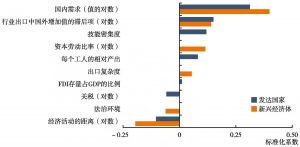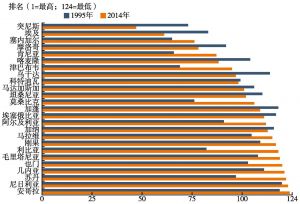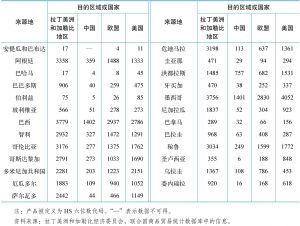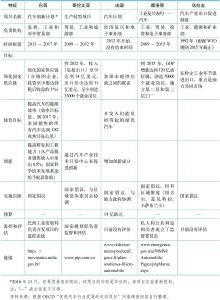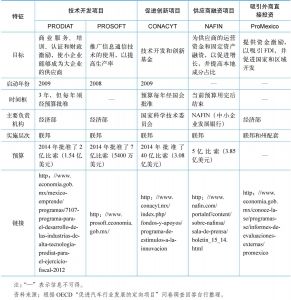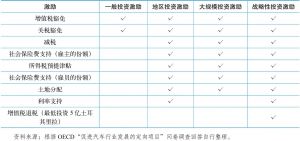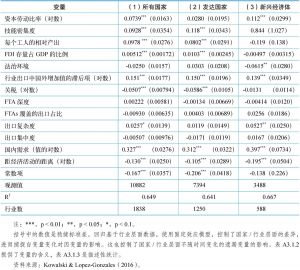章节
从国内到区域再到全球:非洲工厂和拉丁美洲工厂?
关键词
作者
[美]杜大伟(David Dollar) David Dollar(杜大伟),布鲁金斯学会约翰·桑顿中国中心高级研究员。
[巴]若泽·吉勒尔梅·莱斯(José Guilherme Reis)
王直 ,对外经济贸易大学全球价值链研究院教授、博士生导师,海外院长,美国乔治梅森大学政策、政府和国际事务学院资深研究员。1985年1月,获中国农业科学院硕士学位;1990年6月,获俄亥俄州立大学硕士学位;1994年11月,获明尼苏达大学博士学位。1985年1月-1987年7月,任中国农业科学院农业经济研究所研究员。1994年7月-1995年8月,任世界银行世界发展报告顾问。1995年9月-1997年9月,任明尼苏达大学应用经济学系副研究员。1997年10月-1999年7月,任普渡大学全球贸易分析研究中心经济学家。1999年7月-2002年7月,任美国农业部经济研究局经济学家。2002年7月-2004年3月,任乔治梅森大学计算科学学院高级研究员。2004年5月-2005年8月,任美国商务部经济分析局经济学家。2005年8月-2011年7月,任美国国际贸易委员会研究部高级国际经济学家。2011年7月-2016年3月,任美国国际贸易委员会研究部资深国际经济学家。2016年4月,任对外经济贸易大学全球价值链研究院海外院长。
检索正文关键字
章节目录
-
一 升级的内涵
- (一)功能升级
- (二)产品升级
- (三)流程升级
- (四)跨产业升级
-
二 为增长而融入价值链:为出口而进口
- (一)强劲的国内供应链和国际供应链推动出口增长
- (二)并非所有因素对新兴经济体和发达经济体都有相同的作用
- (三)并非所有因素对所有行业都有相同的影响
- (四)国内供应链是提高全球价值链参与度的重要基础
-
三 区域价值链作为融入全球供应链的促成者
- (一)区域内一体化程度不均:非洲和拉丁美洲很低
- (二)低增加值的融入方式抑制经济趋同
- (三)仍有促进区域内一体化的空间
- (四)强化区域贸易协定
-
四 融入全球价值链和升级的国家经验:汽车行业
- (一)定向项目
- (二)横向战略
- (三)支持上游供应链一体化的更广泛政策
- (四)经济特区
- 五 结论
- 附录3.1 Kowalski & Lopez-Gonzales(2016)的结果、变量和数据来源
相关文献
查看更多>>>






